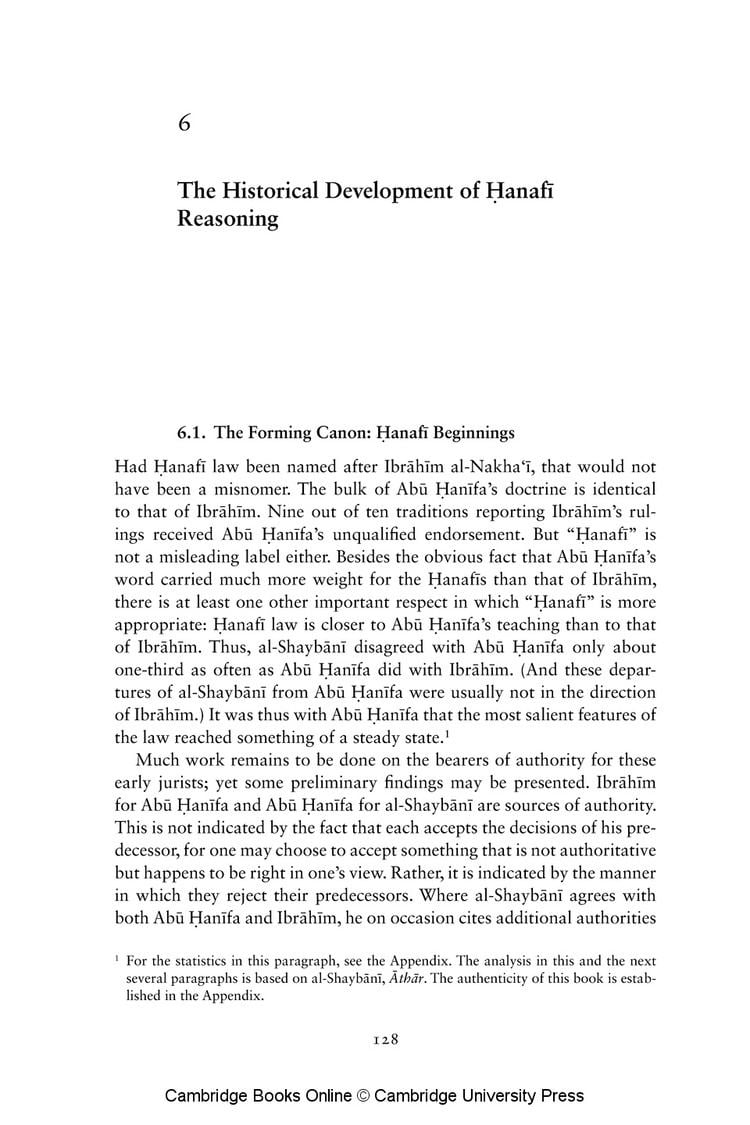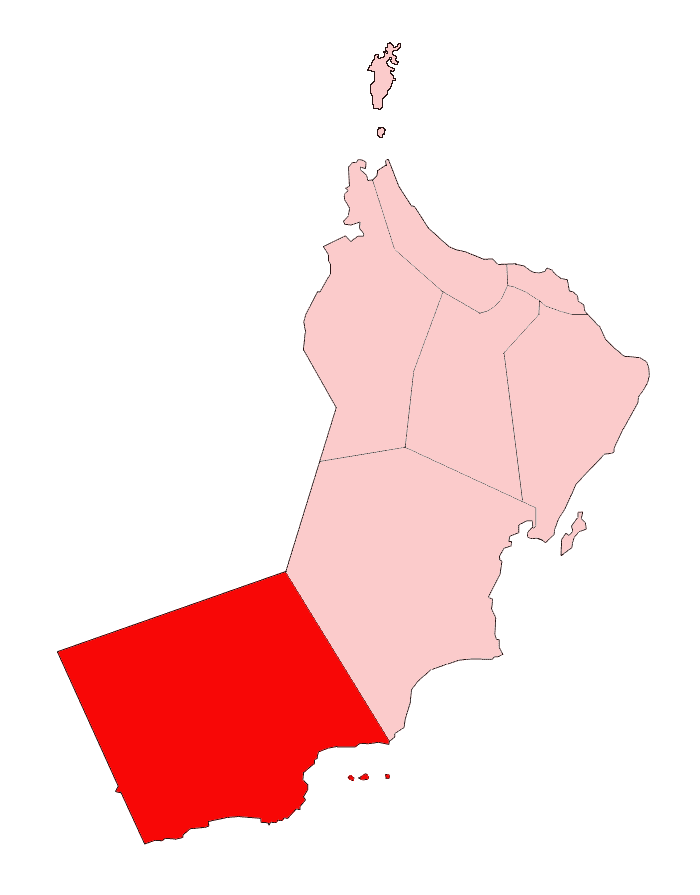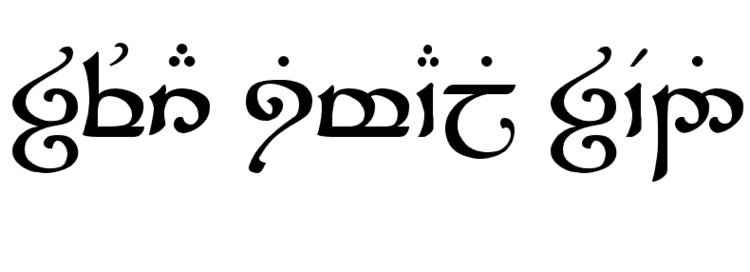Area 99,300 km2 | Capital Salalah Population 250,000 | |
The Dhofar (?uf?r) Governorate (Arabic ?????? ????) is the largest of the eleven Governorates in the Sultanate of Oman in terms of area. It lies in Southern Oman, on the eastern border with Yemen. It is a rather mountainous area that covers 99,300 km2 (38,300 sq mi) and has a population of 250,000 as of the 2010 census. The largest city, as well as capital of the Governorate, is Salalah. Historically the region was the chief source of frankincense in the world.
Contents
Map of Dhofar Governorate
Prehistory

At Aybut Al Auwal (‘‘First Aybut’’) in Wadi Aybut (west-central Nejd) a site was discovered in 2011 containing more than 100 surface scatters of stone tools belonging to a regionally-specific lithic industry, the late Nubian Complex, known previously only from Northeast Africa. Two optically stimulated luminescence age estimates place the Arabian Nubian Complex at 106,000 years old. This provides evidence for a distinct Middle Stone Age technocomplex in southern Arabia around the earlier part of the Marine Isotope Stage 5.
History

Prior to Omani rule, a portion of Dhofar was partially part of the Kathiri Sultanate and later mostly controlled by tribes of Al-Hakli (Qara), thus given the name Qara Mountain Range. It is thought that the Al-Shahri were the original inhibitors of Dhofar.

Dhofar was a major exporter of frankincense in ancient times, with some of it being traded as far as China. The Chinese writer and customs inspector Zhao Rugua wrote on the origin of Frankincense being traded to China:
"Ruxiang or xunluxiang comes from the three Dashi countries of Murbat (Maloba), Shihr (Shihe), and Dhofar (Nufa), from the depths of the remotest mountains. The tree which yields this drug may generally be compared to the pine tree. Its trunk is notched with a hatchet, upon which the resin flows out, and, when hardened, turns into incense, which is gathered and made into lumps. It is transported on elephants to the Dashi (on the coast), who then load it upon their ships to exchange it for other commodities in Sanfoqi. This is the reason why it is commonly collected at and known as a product of Sanfoqi."
Ruxiang was the Chinese name for frankincense, and Dashi the Chinese name for Arabia. As of 1920, frankincense was being exported to India.
During World War I it was fertile enough to produce food and grain to supply a large proportion of the requirement of the British Army fighting in Mesopotamia.
A counter-insurgency campaign—the Dhofar Rebellion—was fought here by the Sultan of Omans Armed Forces in 1965–1975 against guerrilla fighters of the Marxist Popular Front for the Liberation of Oman and the Persian Gulf (PFLOAG), supported by Communist South Yemen after that territorys independence and several other socialist states including East Germany. It aimed to depose the Sultan. The Sultans forces, assisted by the United Kingdom, Iran, and support from loaned officers and doctors from Pakistan and India, prevailed, and once the campaign was declared over in December 1975, the active remainder of PFLOAG forces surrendered.
In Mormon culture, Dhofar is the most popular traditional location of the Book of Mormon land of Bountiful, from which the nomadic family of Lehi sailed in a ship constructed by his son Nephi, to the New World. This association is not an official LDS Church doctrine, however.
Culture and landmarks

Dhofar has a tribal community, and is home to many ancient tribes. The Arab tribes include Al-Hakli (Qara), Al Kathiri, Al-Hashimi, Al-Yafei, Al-Mashaikhi, Al-Shahri, Al-Mahri, Al-Bathari, and Al-Barami. It also houses many expatriates. Still, Dhofar is not a rural region but, in fact, has a combination of cultures. It is a mixture of traditional Omani heritage and an international way of living.

The city of Salalah acts as the regions capital. It has an International Airport, one of the largest seaports in the Middle East, several resorts including Marriott & Crowne Plaza, well-kept streets, international retail chain outlets, more than five 3D cinemas under construction, a university, colleges and schools (both English and Arabic medium). But the main attraction of the region is the natural beauty that has been preserved despite its industries. Dhofar has been praised for its scenic beauty from time immemorial. The Dhofar region is rich in meteorites.
The Burj-al-Nadha Clock-tower is a popular landmark and is featured in the Dhofar Municipality coat of arms.
